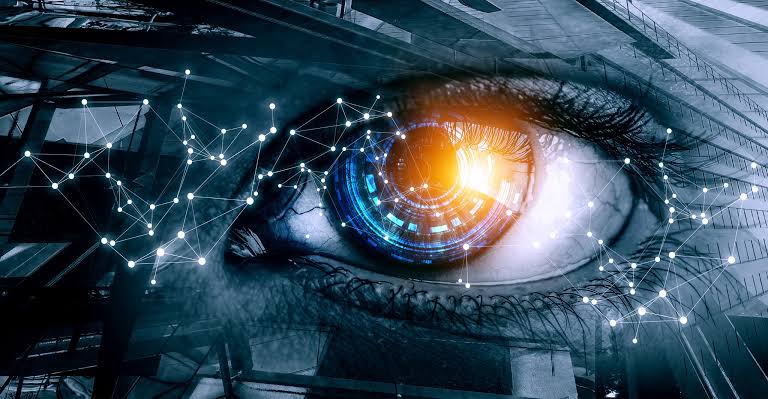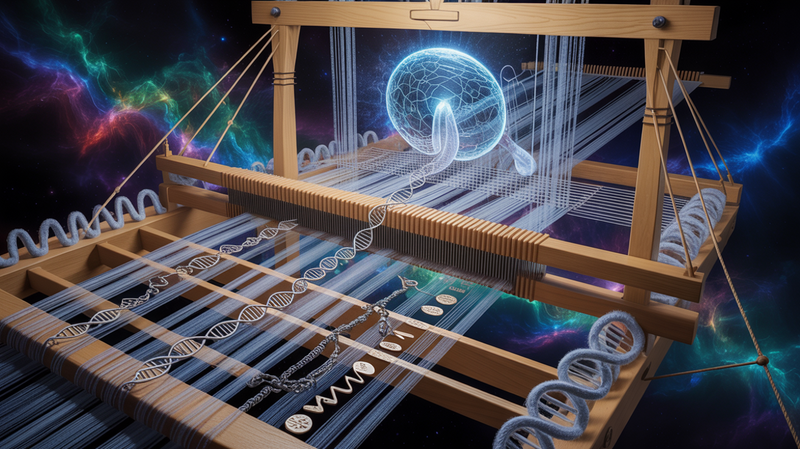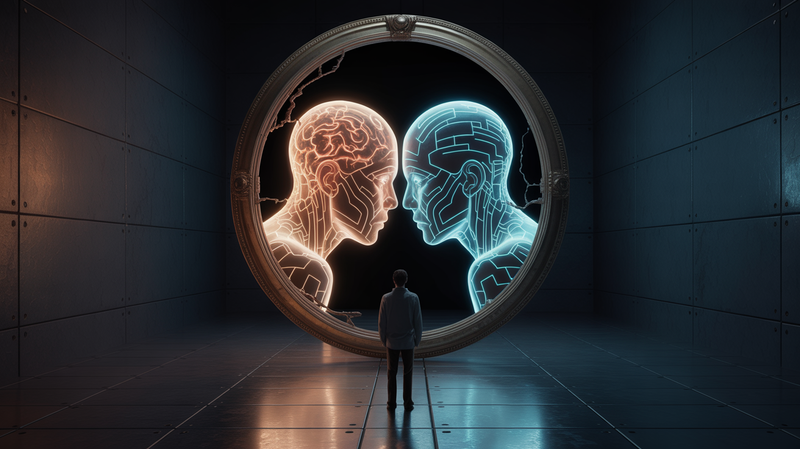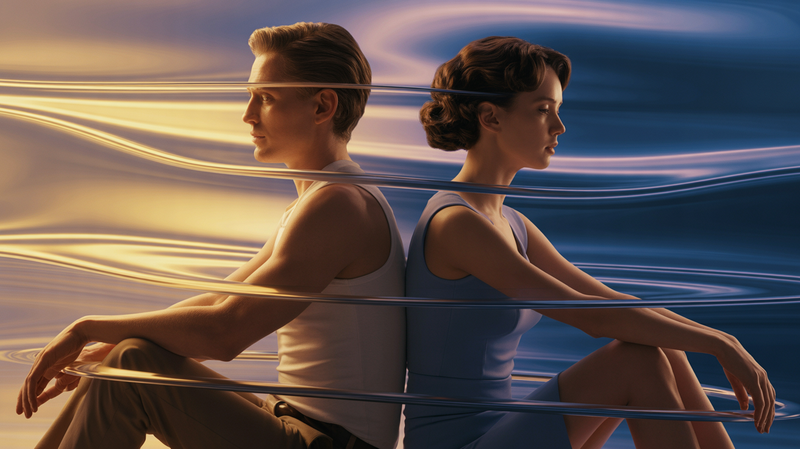Ripples of Time: Unearthing the Quantum Codex
The year was 2123. The world had embraced an era of unprecedented scientific discovery, unveiling the mysteries of the cosmos, harnessing the power of quantum physics, and transforming the very fabric of existence. Yet, in the bustling, neon-lit metropolis of New Constantinople, an ancient mystery was quietly unfolding, embedded in

The year was 2123. The world had embraced an era of unprecedented scientific discovery, unveiling the mysteries of the cosmos, harnessing the power of quantum physics, and transforming the very fabric of existence. Yet, in the bustling, neon-lit metropolis of New Constantinople, an ancient mystery was quietly unfolding, embedded in the annals of forgotten time, within a relic known as the Quantum Codex.
The Quantum Codex, dating back to the 21st century, was the brainchild of Dr. Isabella Newton, an enigmatic figure who vanished without a trace. The Codex was believed to contain a revolutionary quantum algorithm that could manipulate time, but it was lost to the chaos of the 21st century's downfall. Its existence became the stuff of legends, its secrets whispered in hushed tones among the scientific community.
Step into the scene, Dr. Leo Galilei, a brilliant quantum physicist, and direct descendant of Isabella. Leo had dedicated his life to unearthing his ancestor's lost work, driven by the tantalizing mystery that consumed his lineage. Armed with a keen intellect and a determined heart, he embarked on the monumental task of recovering the Quantum Codex.
His search led him to the ruins of Old Vienna, beneath the centuries-old remnants of the Beethoven Music Hall. Among the relics of the bygone era, he found an ancient quantum processor, corroded by time yet strangely resistant to decay, the emblem of a peculiar symmetry etched onto its surface – the exact emblem from Isabella's research notes.
Excitement welled up within Leo as he realized that he had discovered the missing piece of the puzzle, the Quantum Codex. He hurried back to New Constantinople, carrying with him the burden and hope of centuries.
Back in his lab, he interfaced the processor with his cutting-edge quantum computer, Iris. Iris was a marvel of modern science, equipped with the capability to interpret and run even the most complex quantum algorithms. As Leo initialized the ancient Codex, a symphony of quantum computations unfolded, pulsating in the heart of Iris, revealing a breathtaking view of the quantum realm.
The Codex was more than a mere set of algorithms; it was a key to a door thought impossible to open – a door to the river of time itself. The algorithm allowed for temporal manipulation on a quantum level, which in turn, could cause macro-level time displacements. The possibilities were endless, ranging from viewing the past, receiving messages from the future, to potentially time travel itself.
It was a groundbreaking discovery, yet it carried a weight of responsibility. The power to manipulate time was fraught with ethical and existential dilemmas. Leo found himself standing at the precipice of a monumental decision. Should humanity interfere with the sacred flow of time, or should this power be preserved as a mere observatory tool?
Driven by the commitment to use science for the betterment of humanity, and conscious of the potential for misuse, Leo decided to utilize the Codex for non-invasive temporal exploration. His decision marked the advent of a new scientific era, where humanity could learn from its past, anticipate its future, yet live in the harmony of its present.
Leo Galilei's journey with the Quantum Codex thus serves as a beacon for the explorers of the cosmos. It's a testament to the fact that even in the realm of the unfathomable, the principles of ethics, responsibility, and harmony must guide us. As we navigate the quantum seas of possibility, it is these guiding lights that will ensure we do not lose ourselves in the ripples of time.




